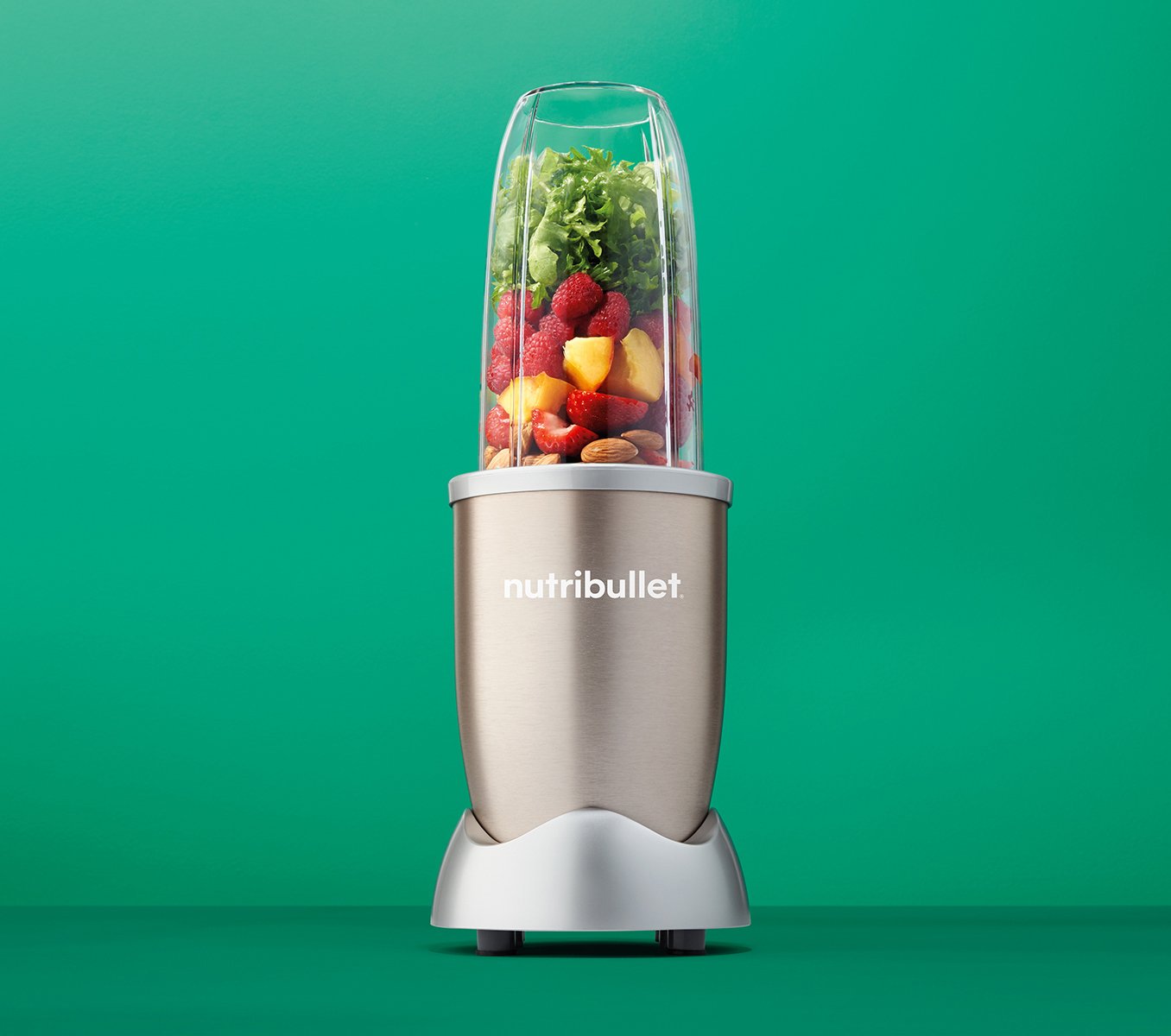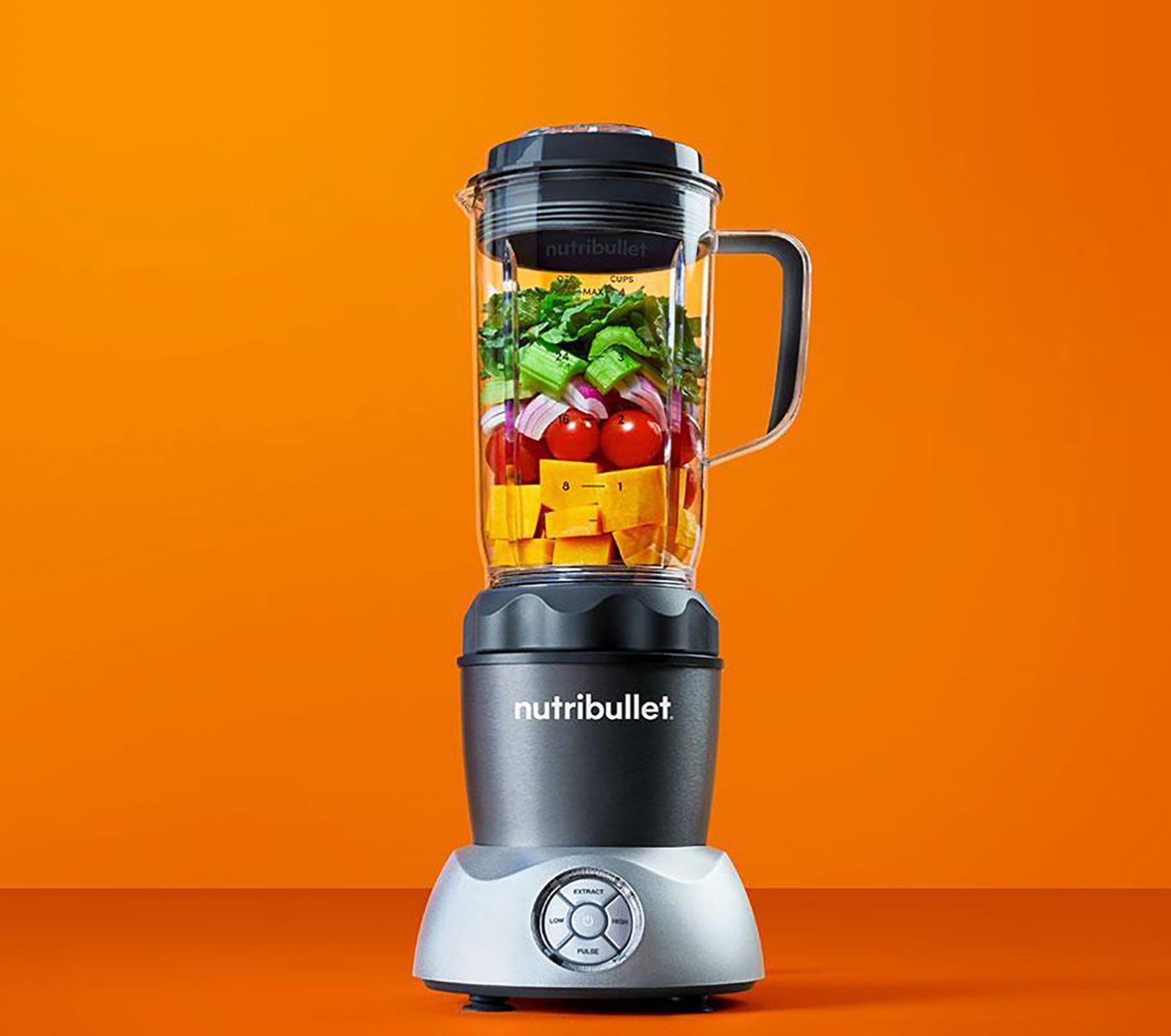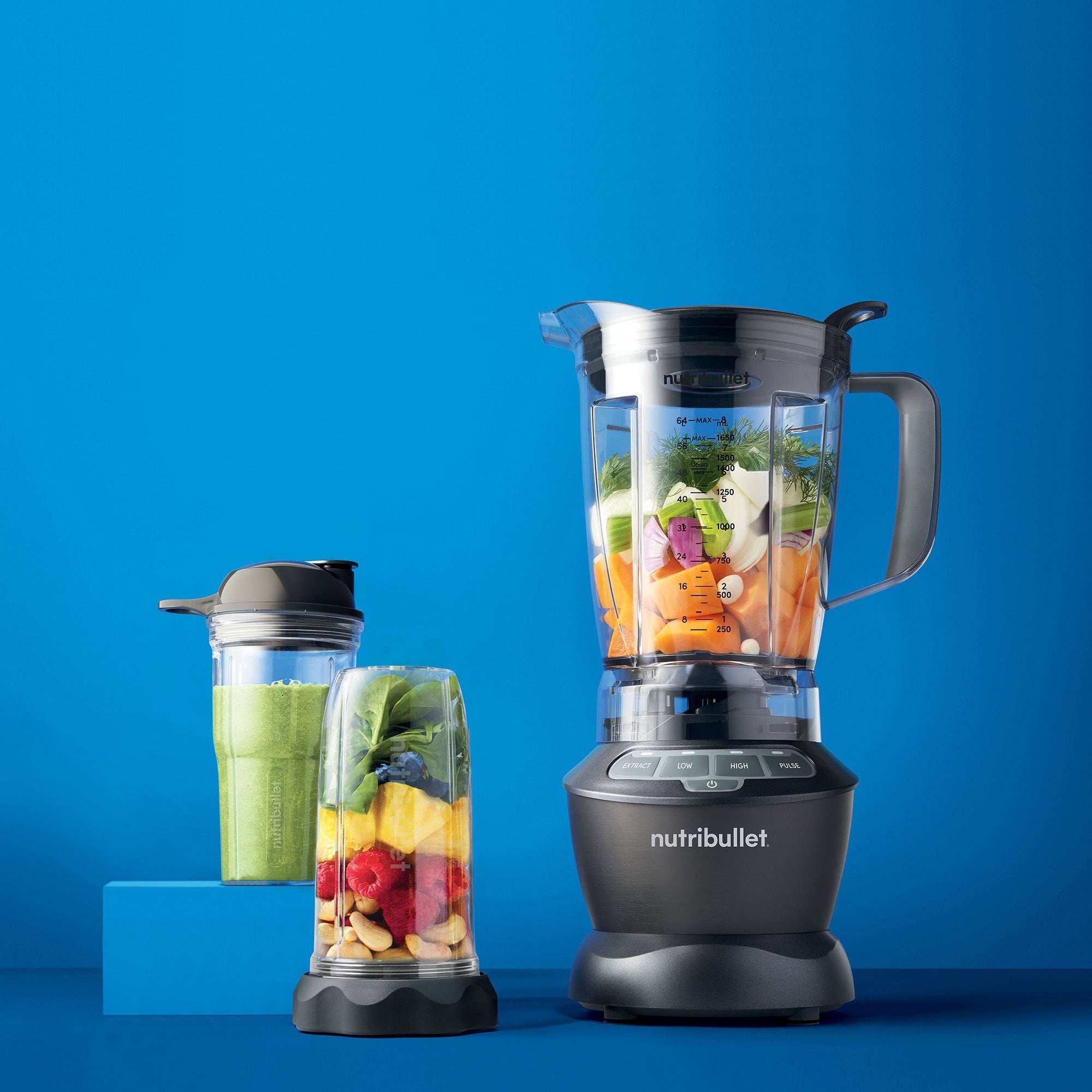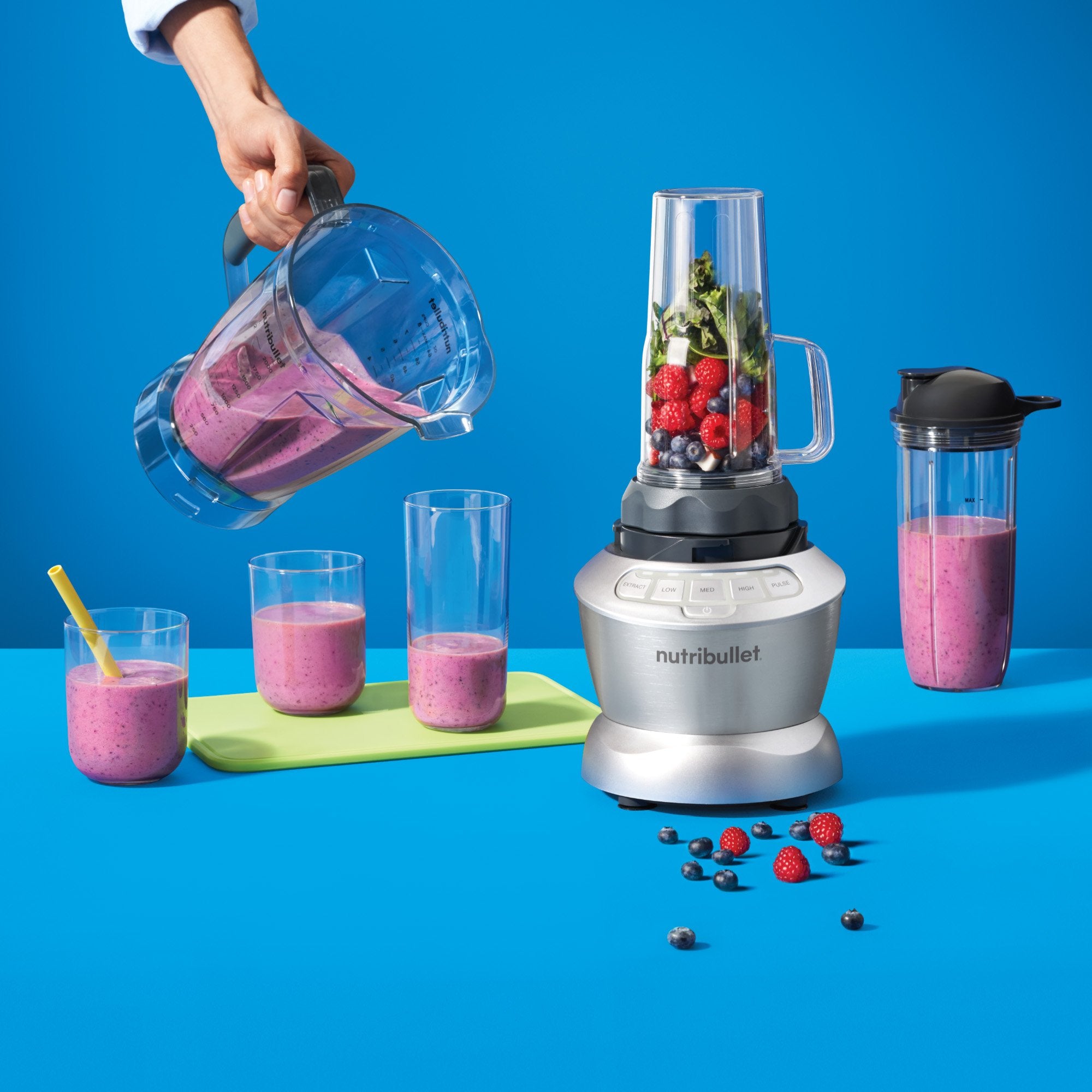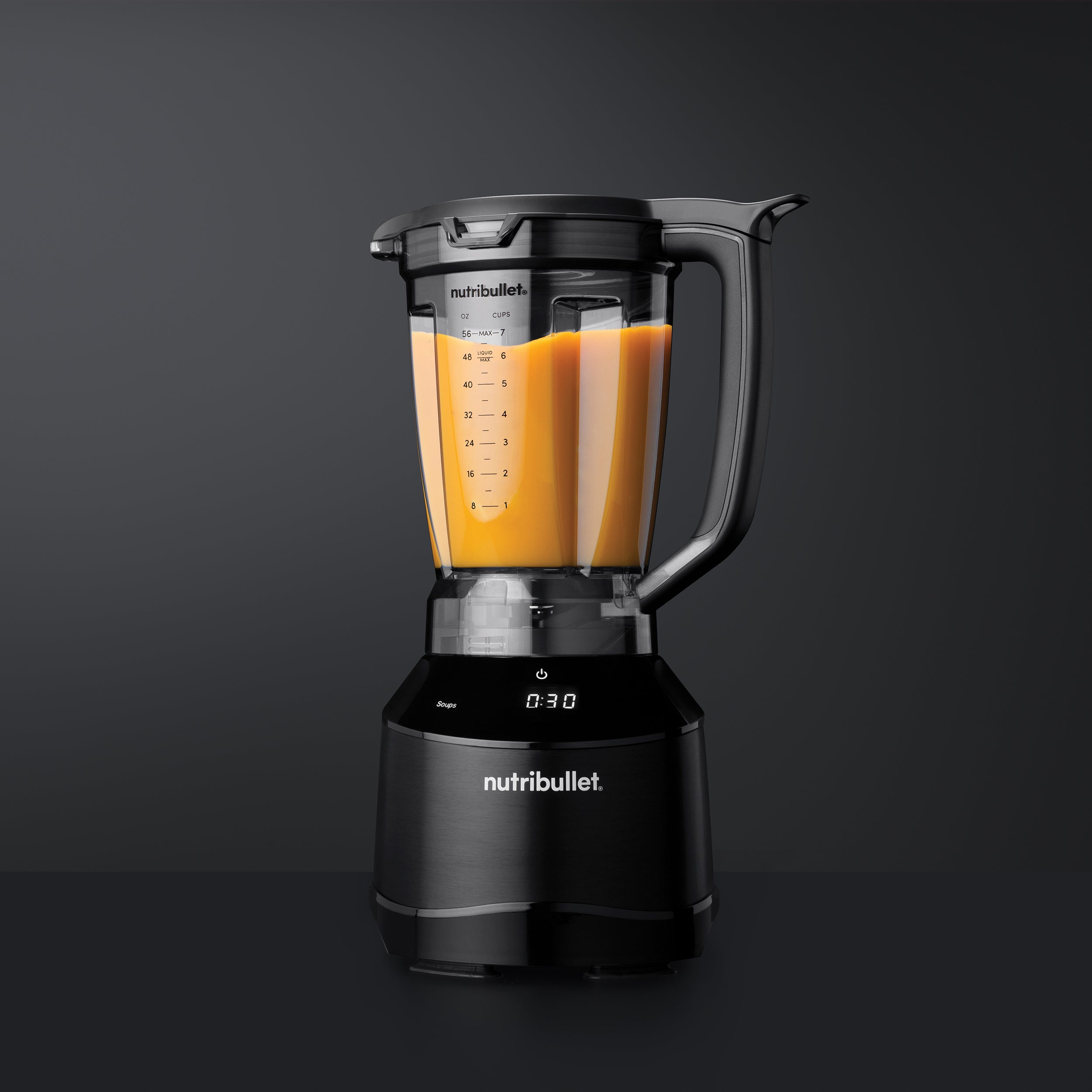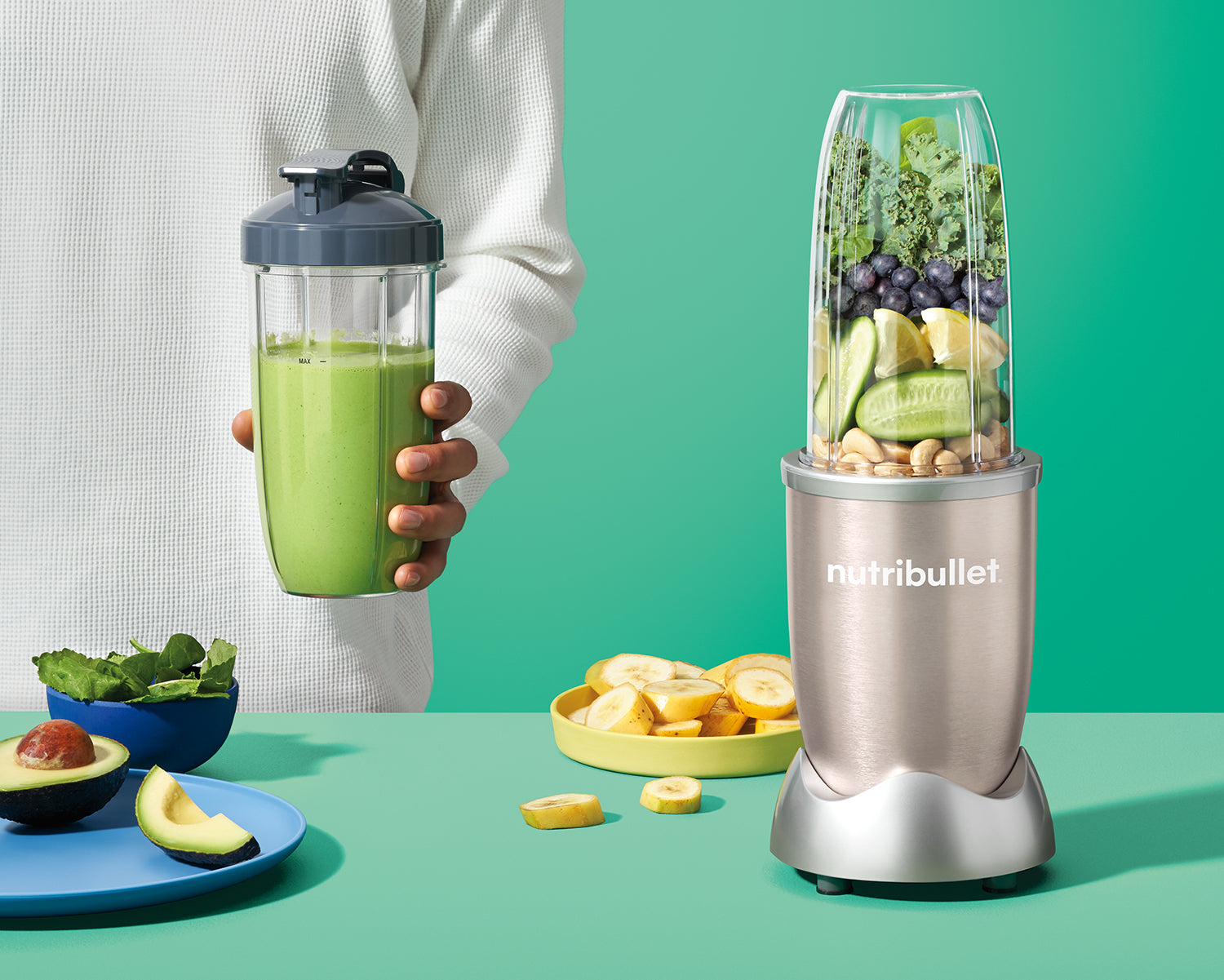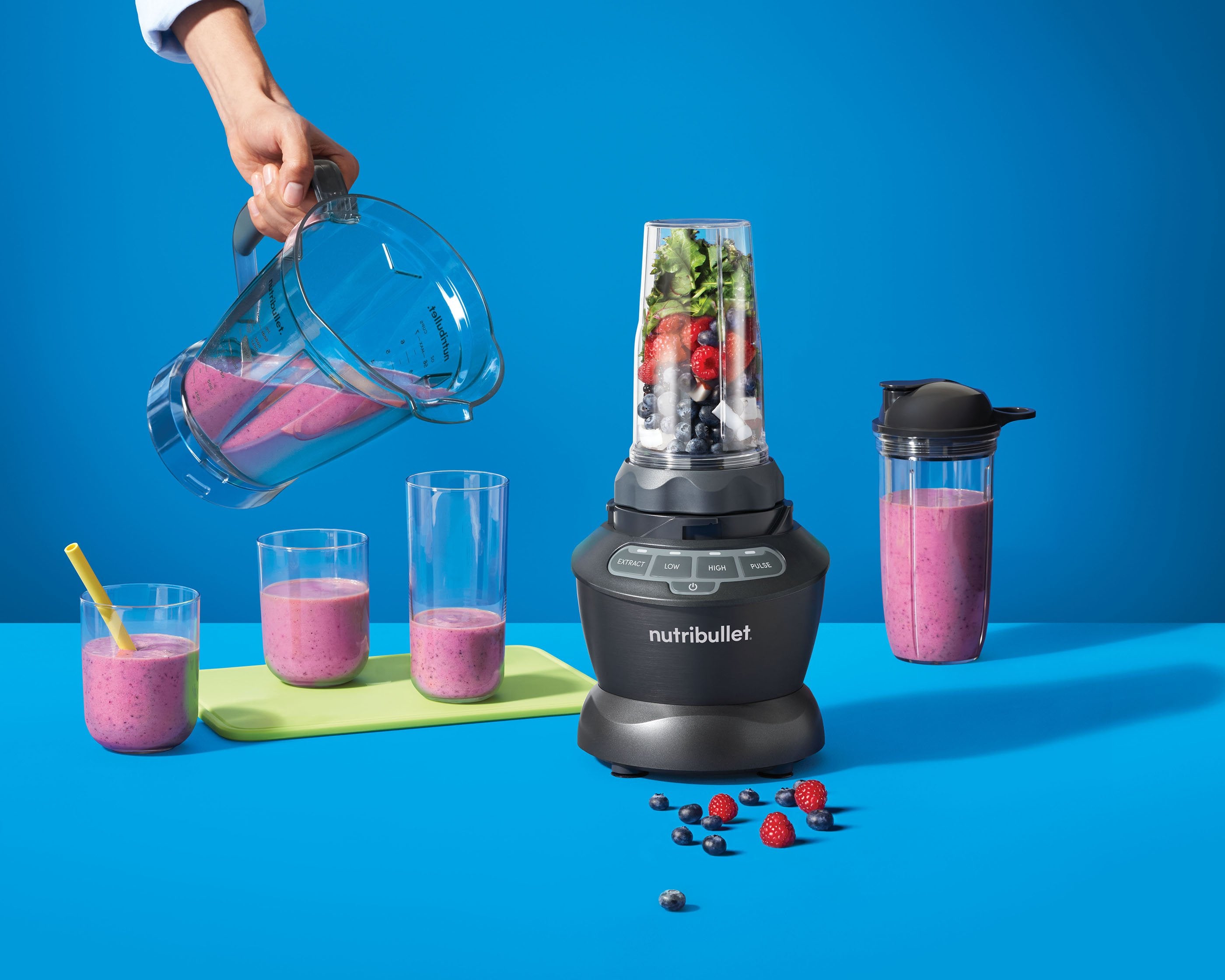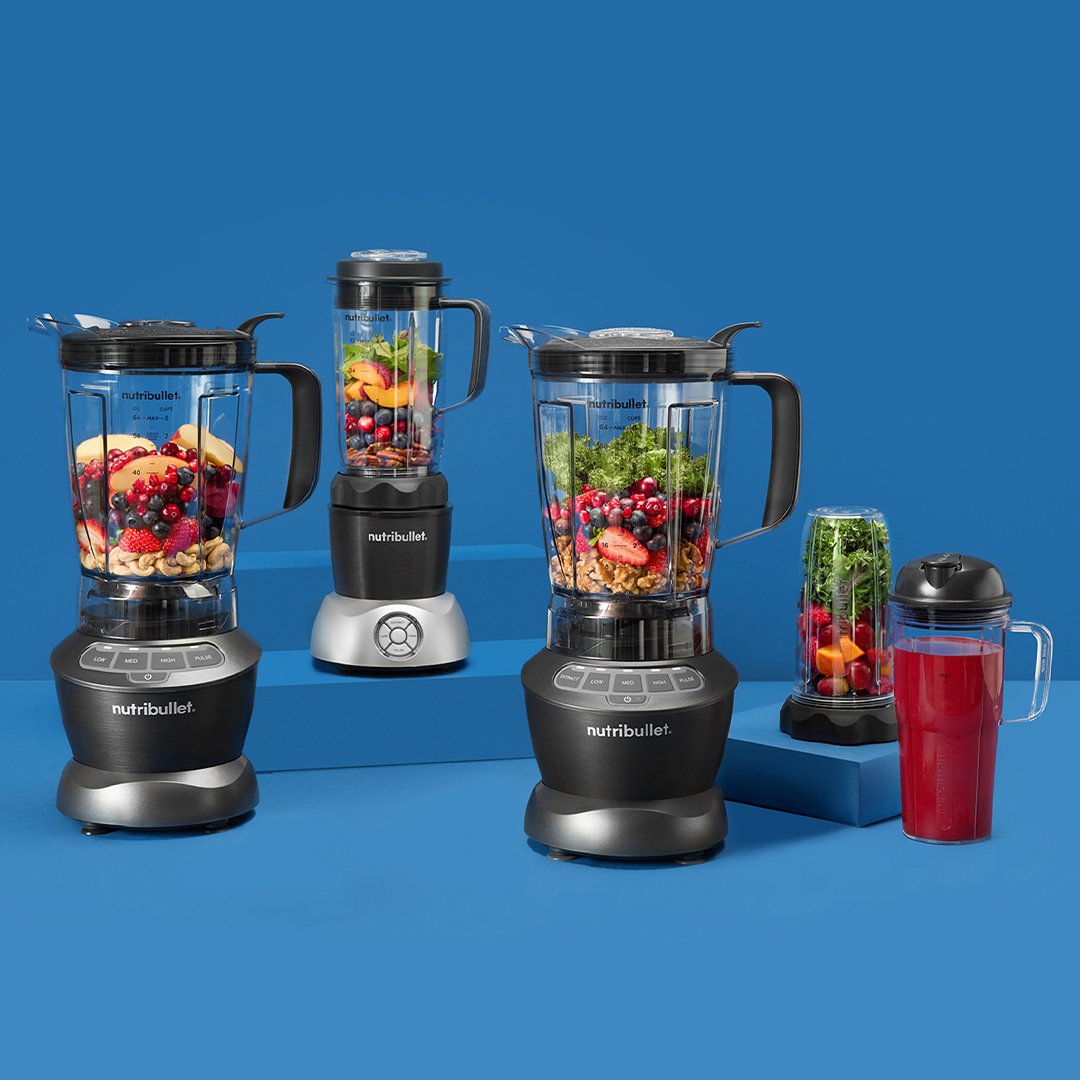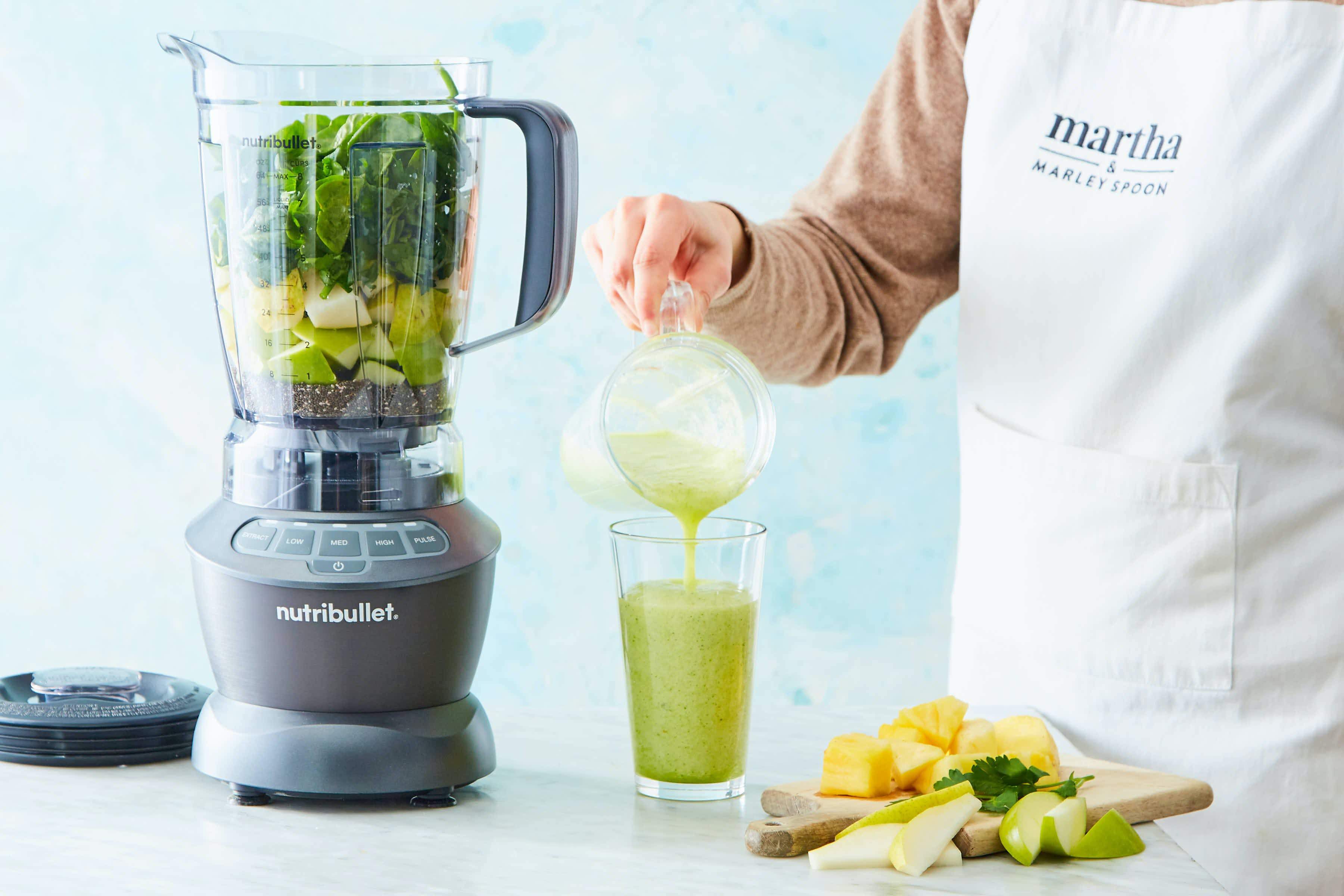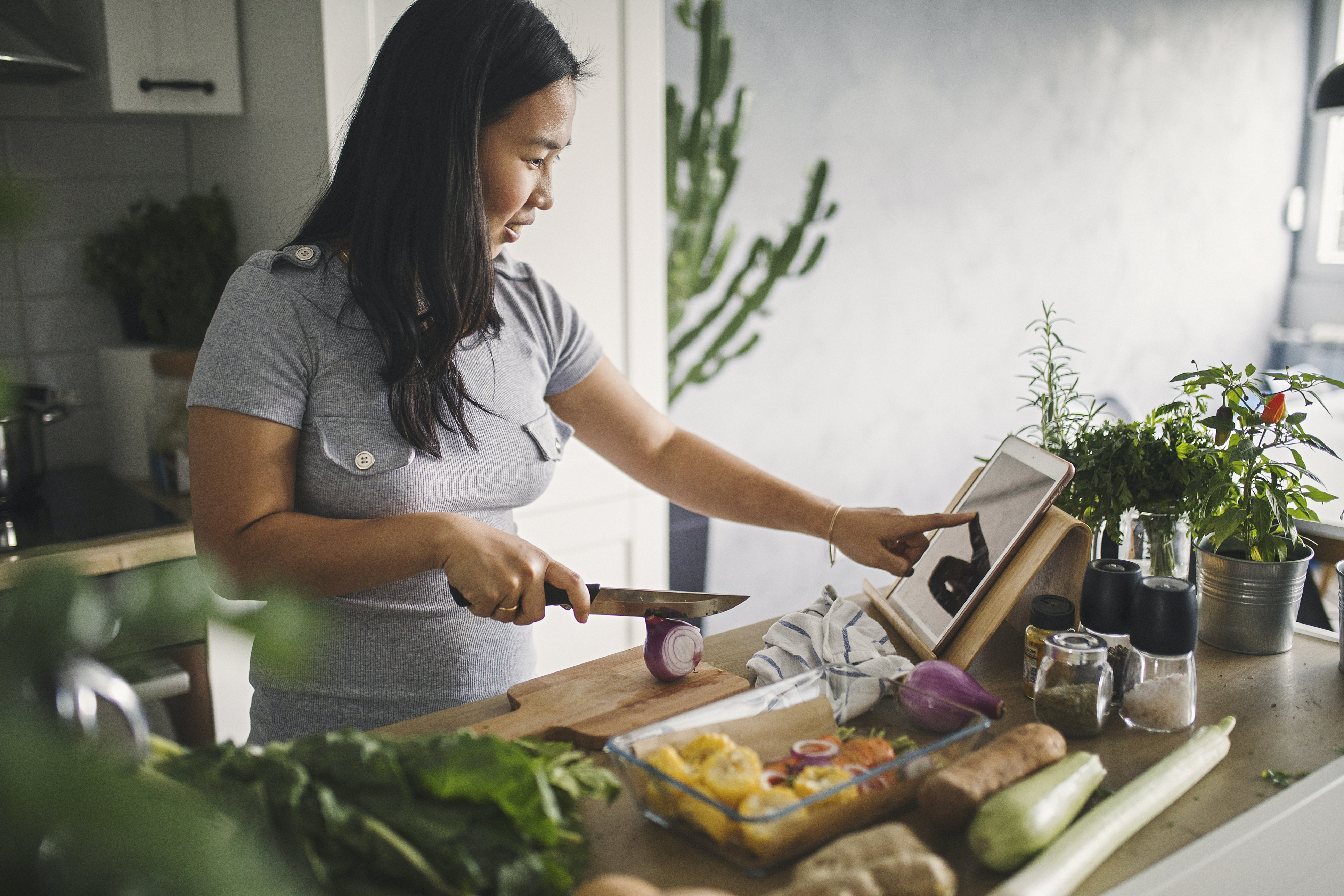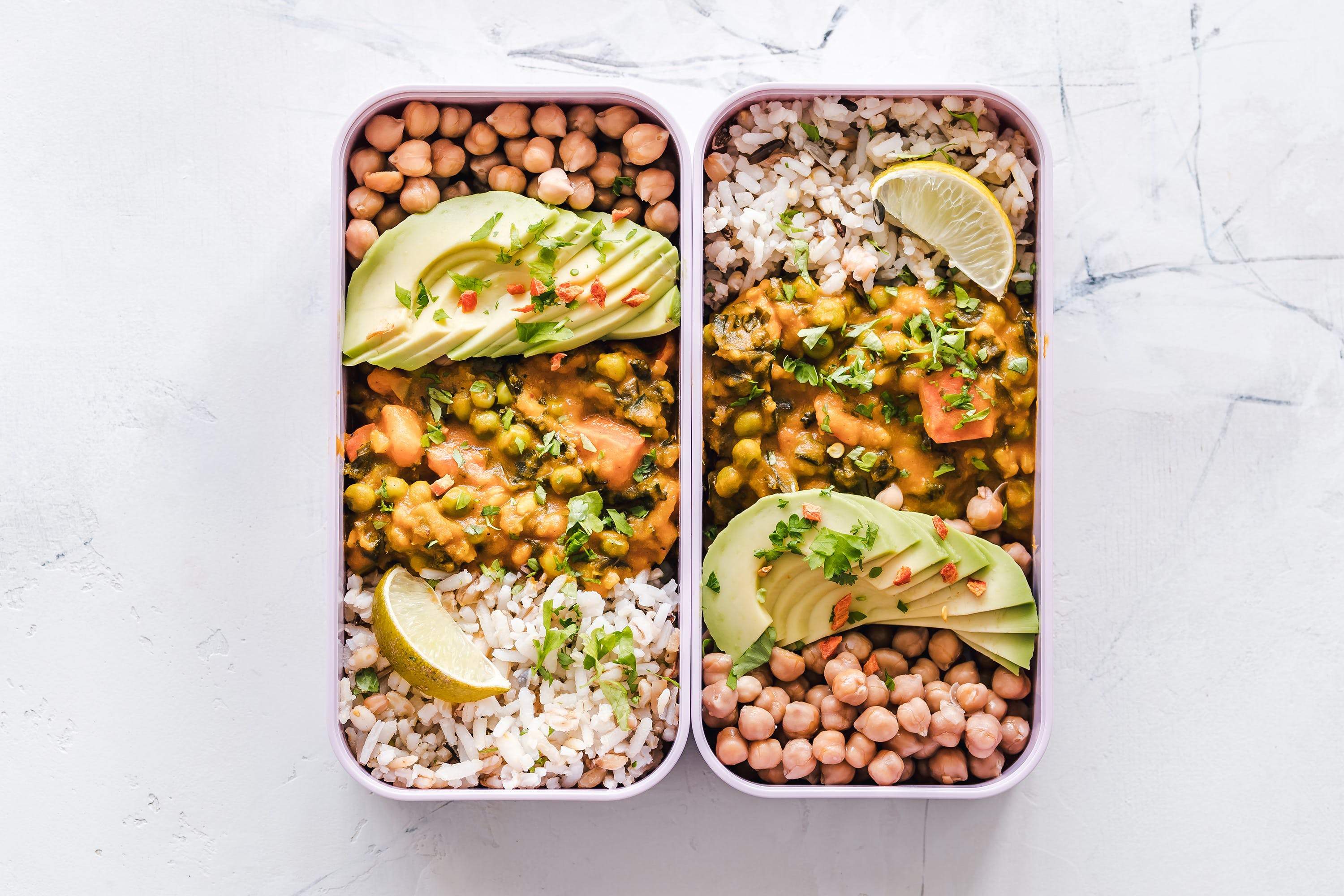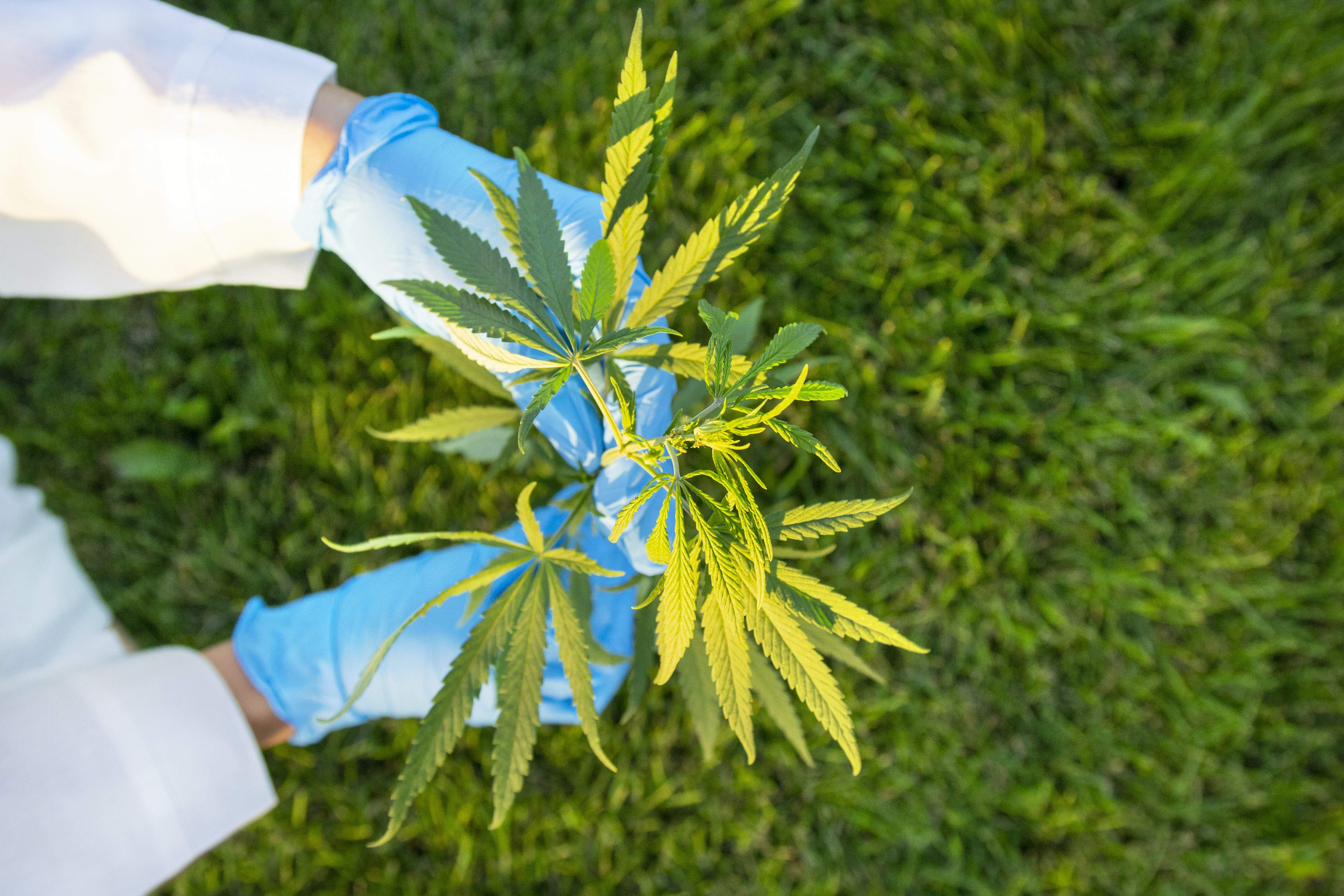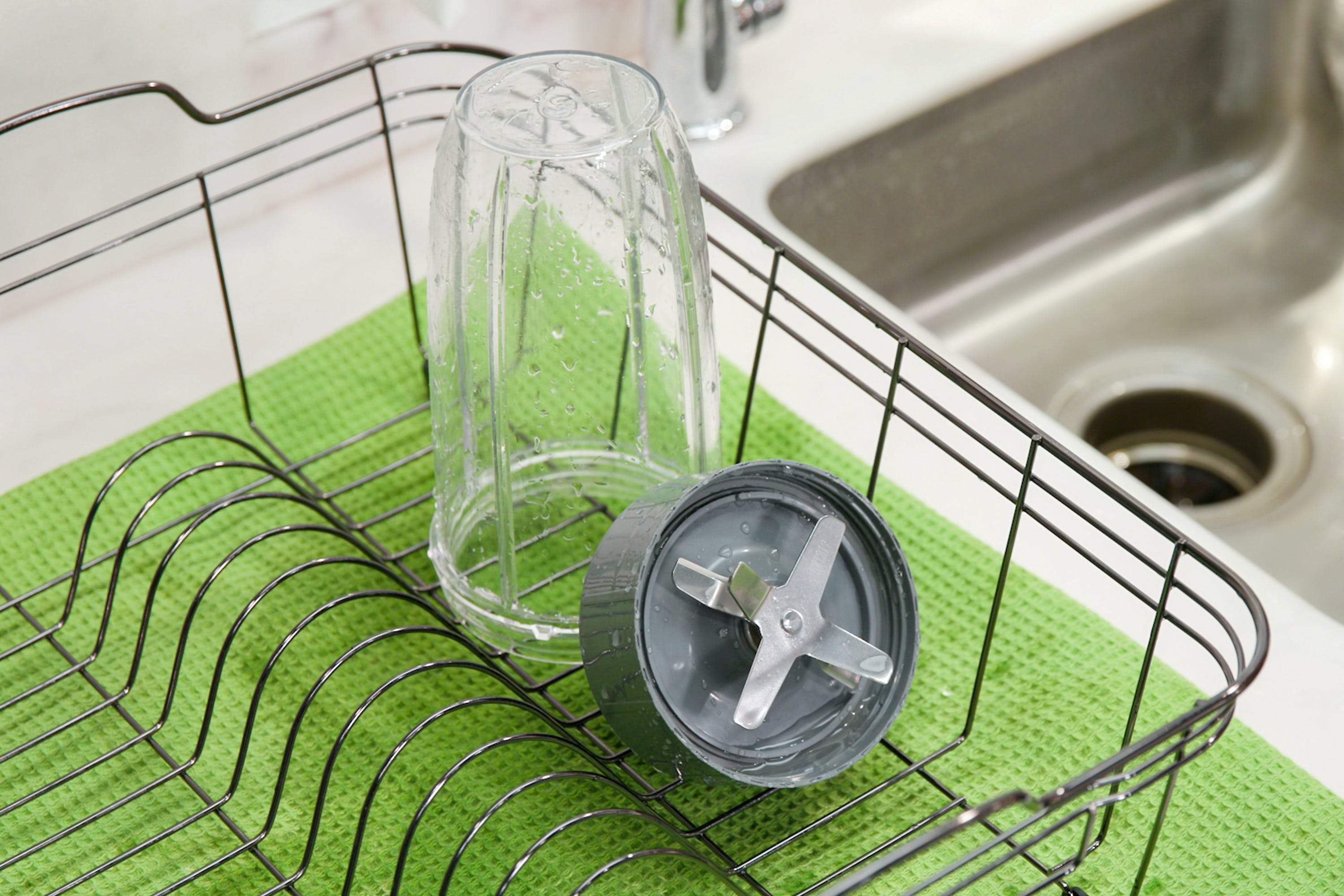From Thanksgiving to New Year’s Day, the holiday season is filled with festivities all centered on food. It’s a wonderful and comforting time of the year to get together, celebrate traditions, and create fond memories, all while enjoying holiday favorites like roasted turkey, fruit pies, and everything in between. However, nothing ruins a festive holiday feast more than the unfortunate bouts of food poisoning. We hear about it every year – various cases of food-borne illness, sickness and, in extreme cases, death during the holidays due to poor food handling. It’s important that you prepare, serve, and consume your favorite holiday dishes in ways that’ll ensure that your food not only tastes its best, but is also safe to enjoy in all of its festive glory.
Have a Plan for Meat and Turkey
What is a holiday feast without an oven-baked turkey or a succulent roast? Between the grocery store and the dinner table, however, there are many ways in which harmful bacteria can spread, so it’s important to handle the meat and poultry safely every step of the way.
Defrosting
First, make sure that you have enough room in your refrigerator so that you can defrost and store your meat or turkey without the juices dripping all over the counter and contaminating other foods in the fridge. Purchasing a frozen turkey and then defrosting it in the refrigerator will prevent harmful bacteria from developing. This is especially important if you’re serving dinner to elderly friends and relatives who may be immunocompromised or young children with developing immune systems. If you do buy a fresh turkey or fresh meat, buy it as close to the time of the gathering as possible. One to two days should be the maximum amount of time spent in your refrigerator.
Starting and Staying Clean
Your kitchen will be busy throughout the month, so it’s important to keep it spick and span. Clean your kitchen and all utensils thoroughly before the cooking process begins. Before preparing the turkey, clear and thoroughly clean the counter, as well as the cooking equipment that you haven’t seen since the last time you made turkey. Use hot, soapy water to wash everything that comes in contact with the raw turkey and its juices immediately. This includes any sponges, scrub brushes, and other cleaning utensils, which you can clean in a dishwasher or boil in hot water.
You can also expect to have plenty of helping hands this holiday season, especially when there are large gatherings. Make sure that everyone, including yourself, cleans their hands before and after handling any food to prevent contamination.
Cooking
While some turkeys come with pop-up thermometers, it’s best to use a separate meat thermometer to measure the internal temperature of meat and poultry. Your oven should be set above 325°F and the meat cooked to 165°F. Any lower and you and your guests run the risk of getting food poisoning due to bacteria in the undercooked meat or poultry.
Serve Safely
While it’s tempting to create that picture-perfect holiday spread on the dining table, it’s safer to serve the dishes when they’re ready to be eaten. As you’re preparing the rest of the dinner, keep hot food hot and cold food cold. Meat should not be kept out in room temperature for more than two hours, as that will encourage bacteria to grow. Don't serve all your food at once, either. Serve smaller portions at a time and refill as needed. This will reduce the contamination that may occur as people pick at the food or as it sits out in room temperature. If possible, use clean platters when going for seconds.
Ordered Food
For the busy bees who don’t have time to prepare everything from scratch, ordering catered food and serving it at home is a convenient option. Although you don’t have to fuss over cooking the food, you still have to be aware of how it’s stored and served. Be sure to keep the hot food at 140°F or above if everyone will be eating within two hours of picking the food up. Any cold side dishes should be kept in the refrigerator below 40°F until you’re ready to serve them. If you’re picking up the food more than two hours before serving, you’ll need to refrigerate the items and reheat them in the same manner as with leftovers.
Leftovers
Sometimes, the best part of a holiday feast is its leftovers. Before you dive right into last night’s dinner, however, it’s important to make sure that it’s been stored and handled properly. Leftovers should be refrigerated or frozen within two hours of cooking. Bacteria multiply fast when food is warm or at room temperature. Leaving cooked food at room temperature is an invitation for harmful bacteria like Clostridium perfringens and Staphylococcus aureus to grow. If any cooked food has been left out for more than two hours, throw it away because reheating it will not destroy these dangerous bacteria.
Immediately store all the leftovers in small shallow dishes to reduce temperature quickly and evenly. Leftovers should be eaten usually within four days, but certain foods, like stuffing and gravy, should be used within two days. Labeling your food storage containers will help you keep track of how long they’ve been sitting in the fridge for.
With holiday parties every other day, it’s easy to lose track of when things were made, who stored them, and how long they were left out before being stored. “When in doubt, throw it out” is a wonderful and helpful motto to have this time of the year. The best way to ensure that you and your family stay healthy to enjoy all of the holidays is to throw any potentially unsafe food away and start fresh at the next feast.
Holiday feasts are a great way to bring everyone together, but it can easily go south if the food is mishandled. By taking extra measures and ensuring that food is prepared, served, and stored safely, you can prevent food-borne illnesses that interfere with holiday festivities. That way, you’ll have one less thing to worry about as you celebrate the holiday season with all your loved ones!
Happy and Healthy Holidays to all!
Nutritional information
Recipe: Creamy Green Strawberry Dream Serving in this recipe:1
- Calories: 236.6
- Total Fat: 3.6 g 5.5%
- Saturated Fat: 0.4 g 1.9%
- Cholesterol: 0 mg 0%
- Sodium: 358.7 mg 14.9%
- Total Carbs: 45.7 g 15.2%
- Dietary Fiber: 9.9 g 39.4%
- Sugar: 22.1 g
- Protein: 8.1 g 16.2%
- Vitamin A: 481.9% Vitamin C: 244.1%
- Calcium: 68.5% Iron: 26.1%
* Percent Daily Values are based on a 2,000 calorie diet. Your daily values may be higher or lower depending on your calorie needs.

